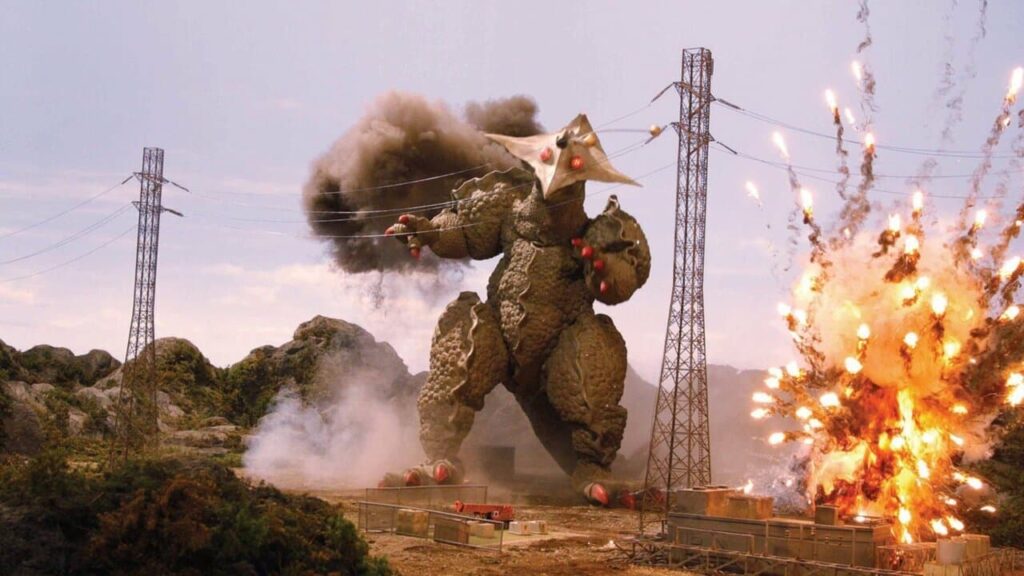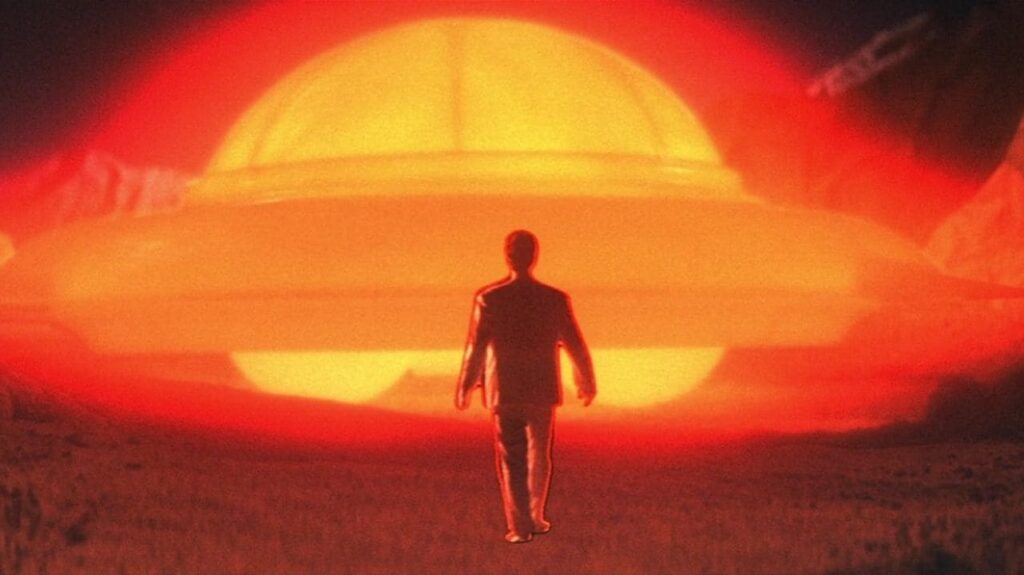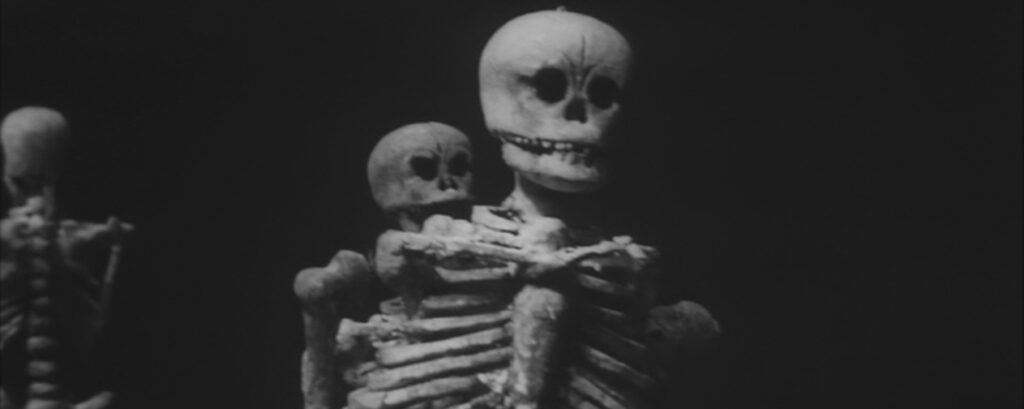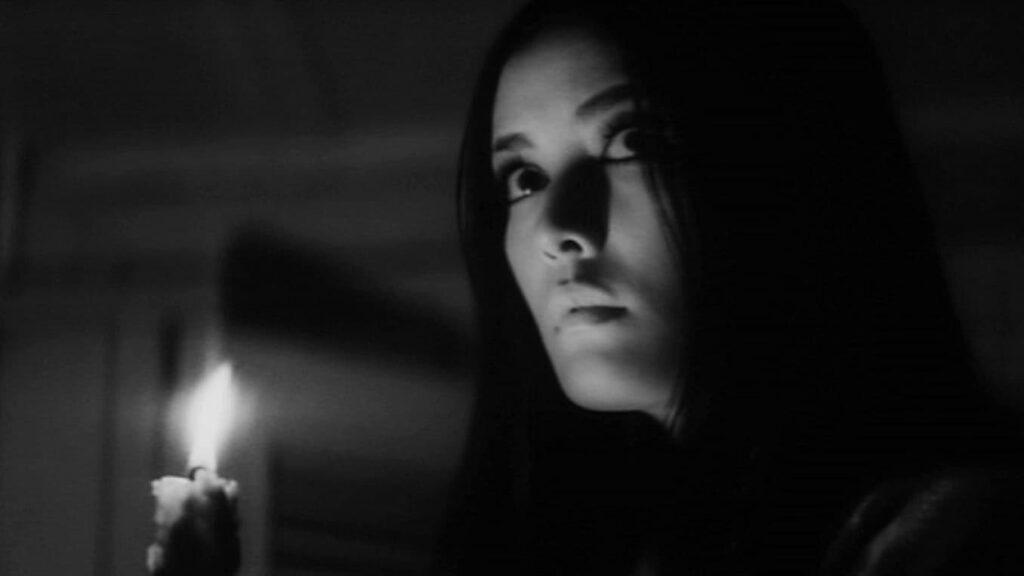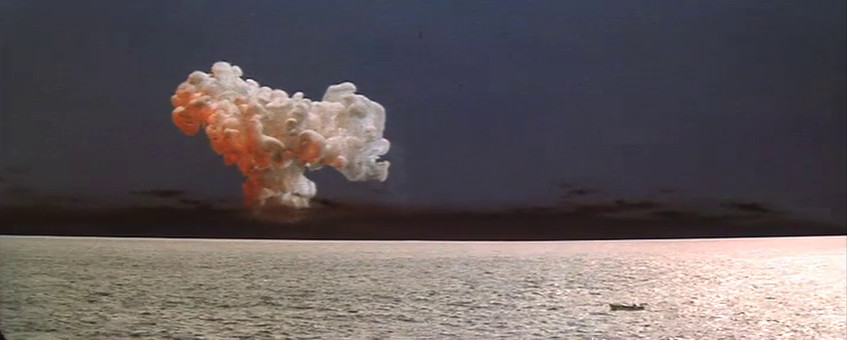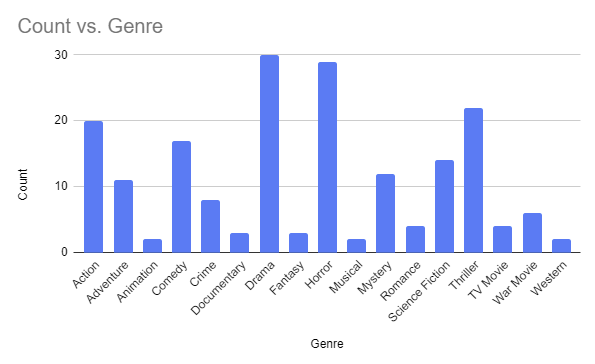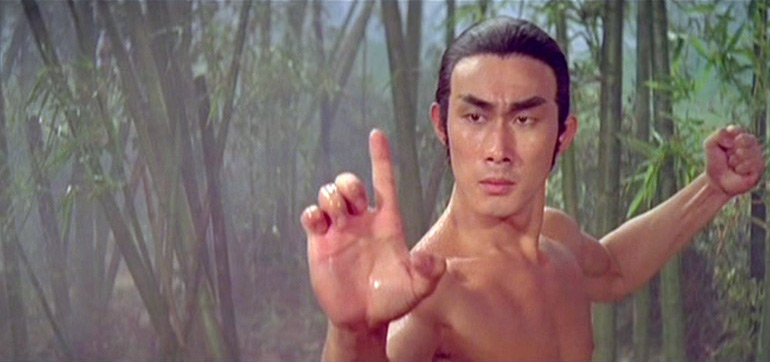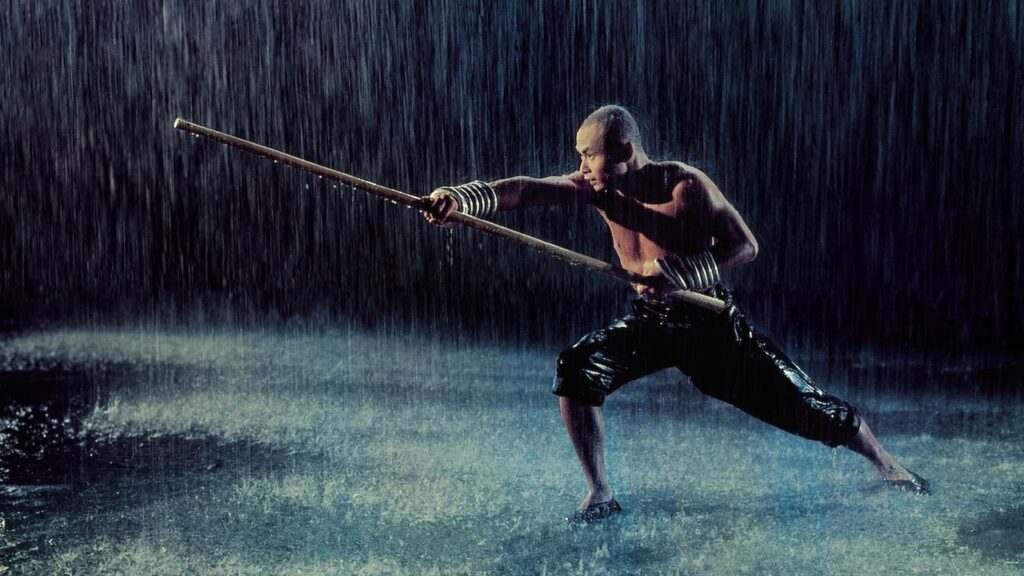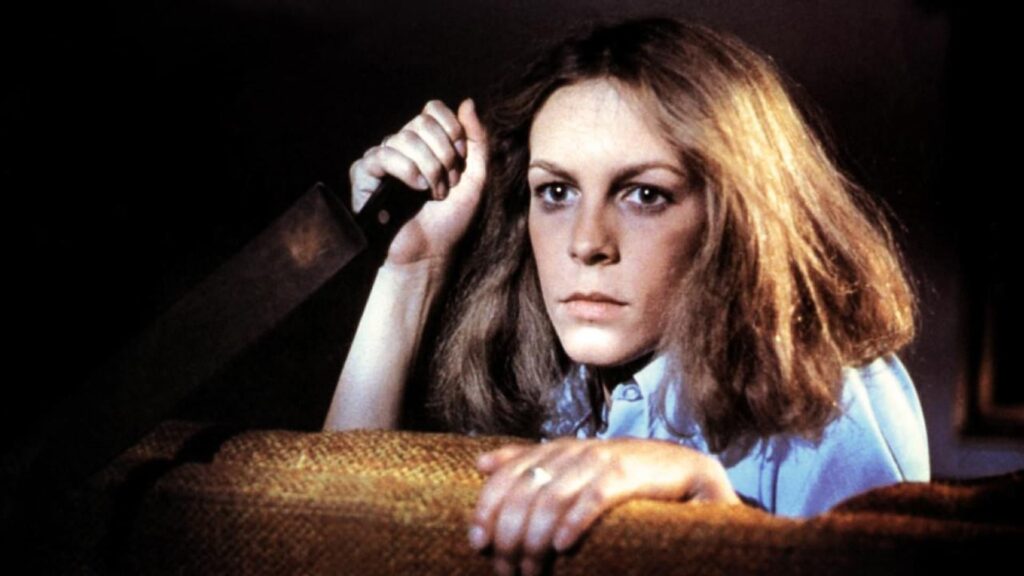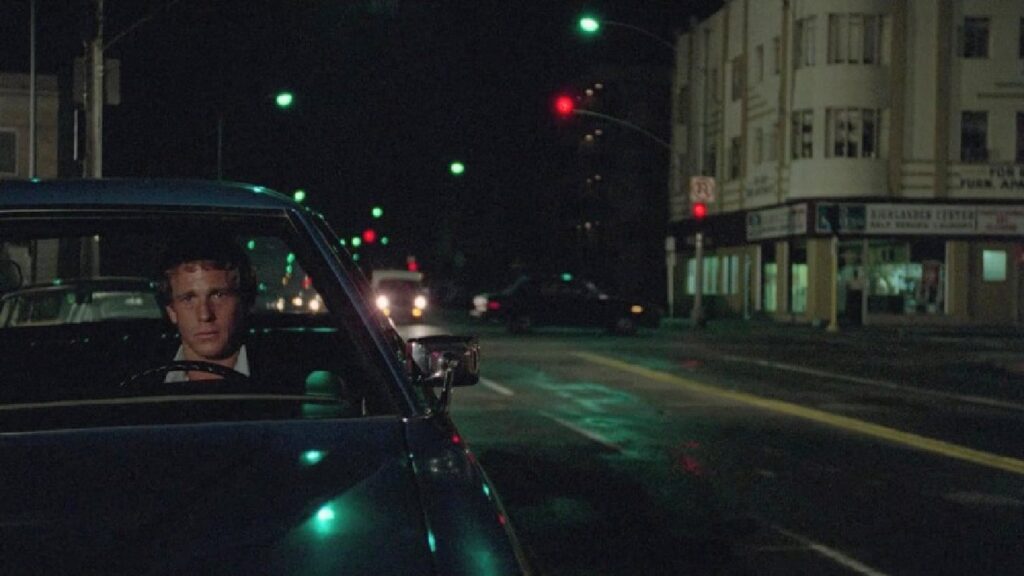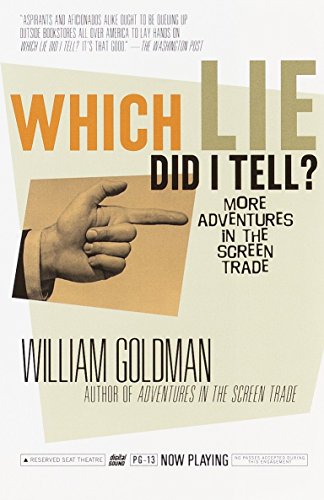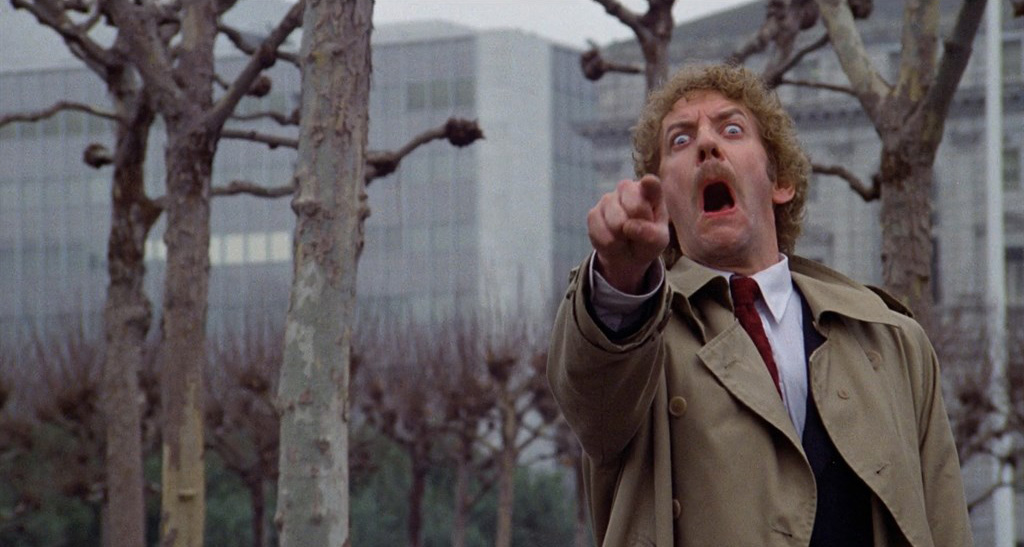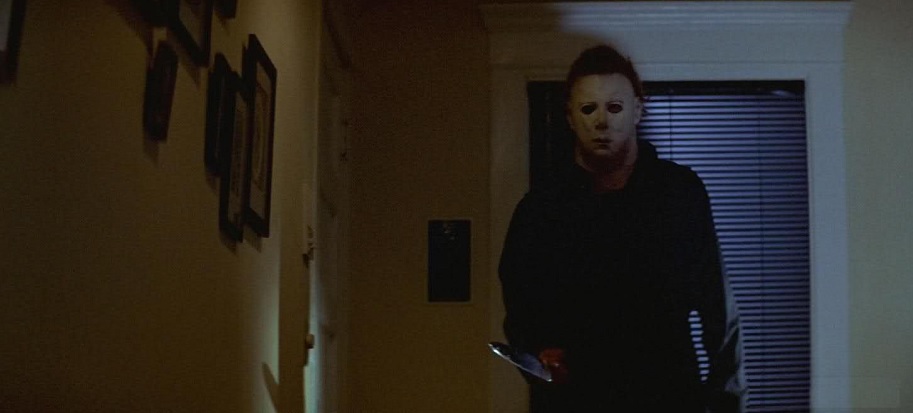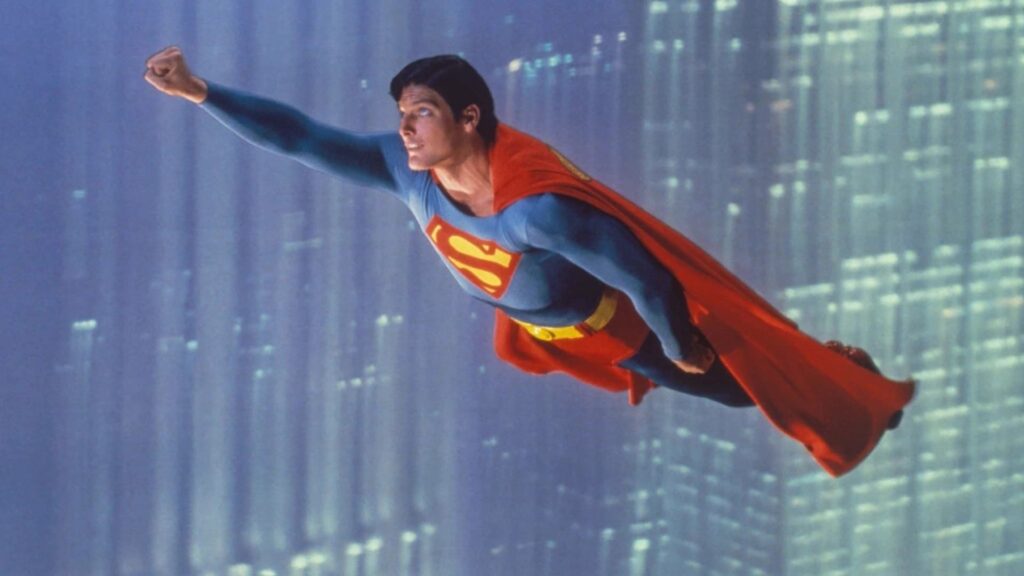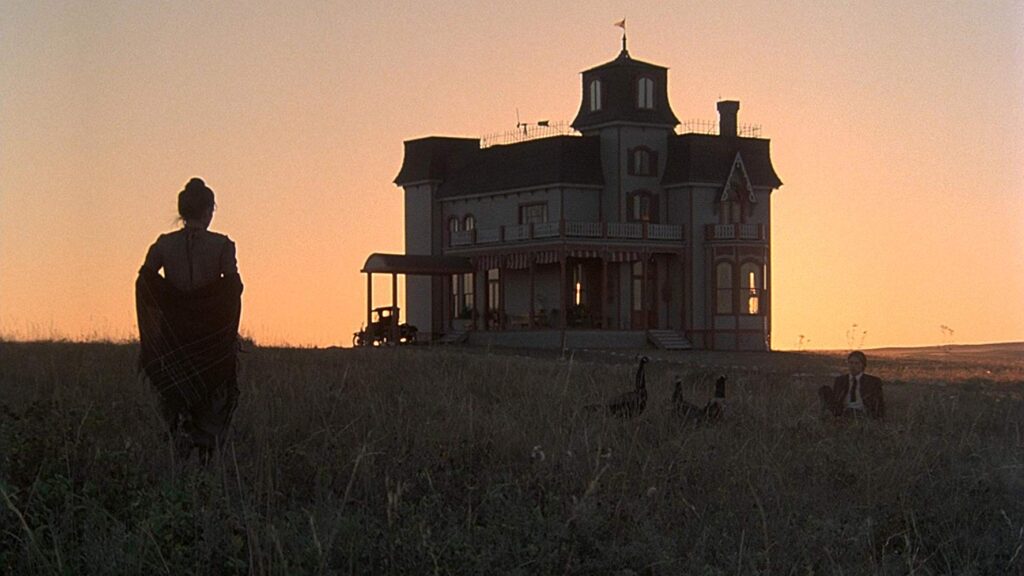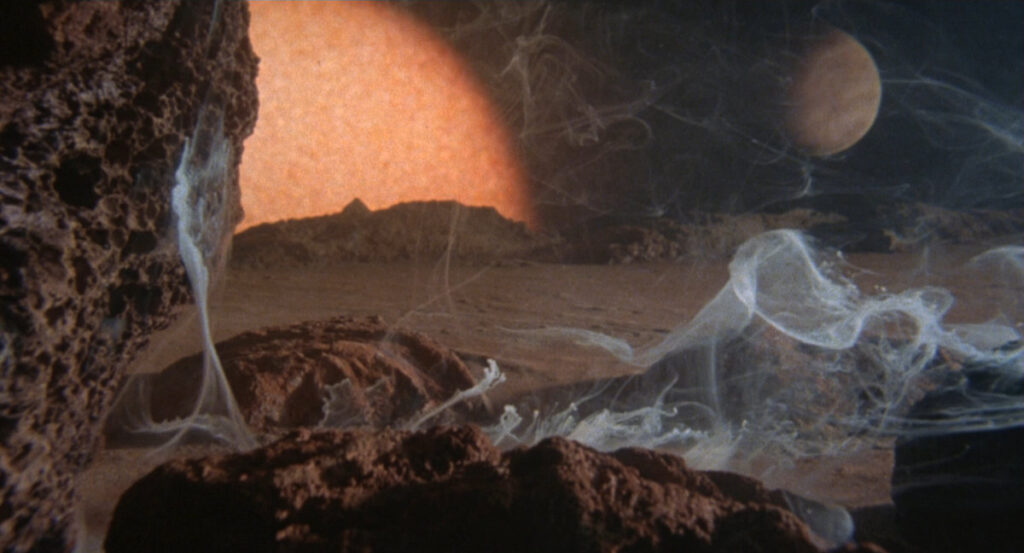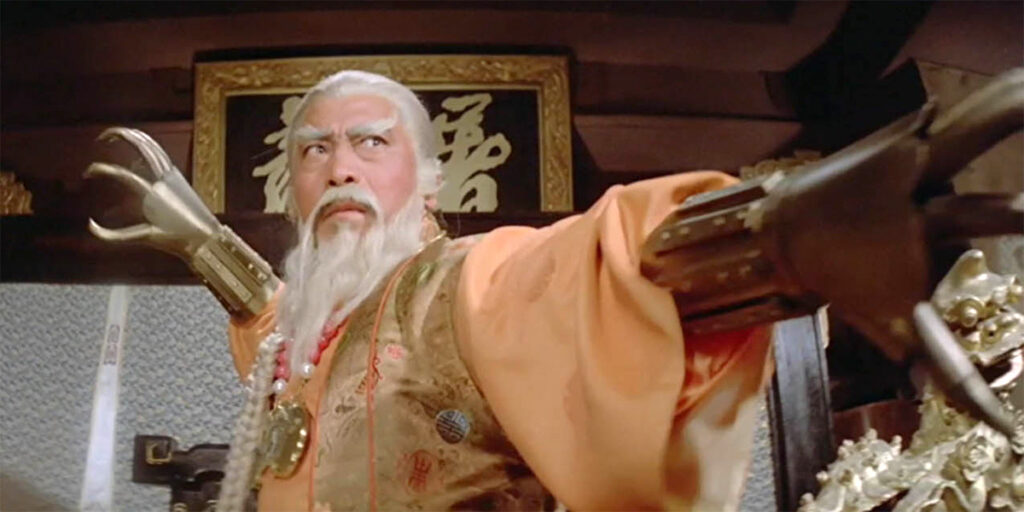Six Weeks of Halloween 2021: When Horror Came to Shochiku
There’s a chill in the air, people are breaking out comfy sweaters and afghans, gourds are being mutilated and put on display along with all manner of decorative corpses, ornamental headstones covered with ironic puns, and picturesque cobwebs adorned with plastic mutant spiders. And naturally, the (pumpkin) spice must flow. These and other nominally ghastly signifiers can mean only one thing: it’s Halloween season! Given that we’re still dealing with a worldwide pandemic and drowning in ever-encroaching partisan politics, this might seem a tad frivolous, but it’s sometimes nice to submit to the vicarious (yet safe) thrills of horror movies.
Here at Kaedrin, we celebrate the season with a lavish spread of horror movies and literature for the six weeks leading up to Halloween. Why six weeks? Well, it used to be two weeks better than most people’s horror movie marathon (which was usually confined to October), but the starting line has been creeping backwards to the point where a lot of folks officially begin their observance of the season in early September. Heck, I’d already figured out a solid 4 weekly themes for this year’s marathon in March. Seasonal creep is real… and maybe a good thing?
It’s traditional to start the marathon with a theme that’s more classy and respectable. Things like silent movies, foreign films, well curated flicks, classic anthologies, and the like. Way back in 2013, we covered Kaiju movies, including the granddaddy of them all: Godzilla. The influence of the King of the Monsters was immediately apparent with the proliferation of other Kaiju and the various sequels and versus films that cropped up over the intervening decades… right up until massive-budget multi-national blockbusters like this year’s Godzilla vs. Kong. The popularity of Godzilla and friends had long and wide-reaching influence.
Among Japanese movie studios, Shochiku was mostly known for stately family dramas, like those of Yasujirō Ozu. In the early sixties, such movies were considered “old fashioned” compared to their competitors, who were more youth-oriented. Shochiku employed various strategies to combat this perception, one of which included a brief flirtation with batty horror flicks. These films were collected together in the Criterion Collection’s Eclipse Series, and that’s our first week of the 6WH. Alas, calling these movies “classy and respectable” might be a bit of a stretch. On the other hand, they’re utterly fascinating…
Week 1: When Horror Came to Shochiku
- Godzilla Training Day (Robot Chicken)
- Godzilla (trailer)
- The Ladders “Monsters” (commercial)
The X from Outer Space – Dopey tale of astronauts on a mission to Mars who encounter a UFO and bring a strange glowing spore back to earth. Naturally, the spore grows into a gigantic space chicken that rampages through Tokyo, all set to lounge music. Everything about this is so silly that it almost plays as a self-parody, but you have to admire the movie’s commitment to being the kookiest entry in a sub-genre known for being kooky.
The first half plays as a sorta mild space adventure, pulling from all the ridiculous 50s SF B-movie tropes. Is everyone wearing unitards? You bet. Does the ship encounter an asteroid storm? You know it. Is there a hull breach that sucks a crew member to the hole butt first? Of course there is! Is there a flying saucer that looks more like a floating apple pie than anything else? Yes, and it looks delicious. I know this sounds like great fun, but it does kinda wear out its welcome eventually, but then…
The kaiju shows up around the halfway point, and then things kick into high gear. Again, it looks pretty silly. It’s clearly a dude in a rubber lizard suit, but the head has a strange beak-like protrusion, giving the whole thing a chicken monster look. Naturally, the space chicken is all about consuming energy, especially nuclear energy (as befitting Japan’s unique relationship with nuclear technology, even though it’s hard to talk about such things with a movie this preposterous). Of course he’s able to shoot energy beams out of his mouth, and his rampage through the countryside and several cities (all very clearly models populated with toy vehicles) is the best part of the movie. While clearly a low budget affair, they really pour it on with these attacks. Lots of missiles, tanks, and airplanes try to fight back, and the space chicken fends them off admirably until the end.
As per usual for this type of movie, there are some human subplots – love triangles and the like – but they’re laughably outgunned by the monster rampage sequences. If you’re a Kaiju movie fan, this is probably much more your speed. It’s quite derivative of Godzilla and other Kaiju (not to mention some of the space rocket SF movies of the 50s), but if that’s your jam, you’ll like it. I have a slight appreciation for the sub-genre, but it’s not one of my favorites and while this movie has its charms and I enjoy its bananapants weirdness, it didn’t really do a whole lot for me overall. **
- The Simpsons: Treehouse of Horror VI: Attack of the 50 foot Eyesores (Disney+)
- Planet of the Vampires (trailer)
- The Mist (trailer)
Goke, Body Snatcher from Hell – An airplane flying over Japan has just received word that there’s a bomb on the plane! In their covert search for the bomb, they inadvertently spook an assassin (he recently killed a visiting politician or somesuch), who then attempts to hijack the plane. Then, because this wasn’t enough, the plane is overflown by a glowing UFO, which takes out their engines and forces the pilots to do a crash landing. And… we’re just getting started here. Now the crash survivors now have to contend with alien blobs that turn people into space vampires by crawling into slits they carve in their victims’ foreheads.
Every bit as silly and hokey as The X from Outer Space, this one actually feels more successful and effective. There’s a bit more visual flare here, especially when it comes to the flying saucer, and the filmmakers make great use of the interior of the airplane, sometimes evoking claustrophobia or just hinting that something’s out there.
The characters are much better established here too. Sure, they’re still a clichéd bunch, but the notion of collecting varying character types and dumping them into a pressure cooker is a time honored tradition that is reasonably well executed here. You’ve got the aforementioned bomber and the assassin/hijacker, but also the corrupt politician and his crass arms-dealer crony, a psychologist who’s stirring up shit because he wants to see how people react in extreme situations (I kinda love that guy), an American war widow, and so on and so forth. It’s a good mixture that generates all manner of interactions.
It gets pretty silly at times, especially the dialogue. Perhaps its a lost in translation sorta thing, but monologues about UFOs and aliens are difficult to pull off and there are multiple here that don’t quite work. I was reminded of Boris Karloff’s string of mad scientist movies where he always monologues about the power of science to much, much greater effect – no one here can pull that sort of thing off. That said, this has the standard alien invasion tropes. Some kvetching about American misadventures in Vietnam and the bomb (fair enough), lots of criticism of politicians and war profiteering, and so on. All par for the course, but reasonably well done.
I’m not going to claim this is some sort of unheralded masterpiece or anything, but it was a great deal more enjoyable than the first film in the set, and it has some things going for it (beyond the absurd stuff). **1/2
- Cat People (trailer)
- Ghost Ship (trailer)
- The Fog (trailer)
The Living Skeleton – Pirates attack a ship for its valuable cargo and in the process, they murder a newlywed doctor and his wife. Three years later, the wife’s twin sister disappears when the ship (thought lost at sea) reappears and the pirates, each having invested their spoils and moved on, start dying in mysterious circumstances.
While the first two movies were inspired by nuclear age fears like giant monsters and UFOs, this one takes a decidedly more traditional path. It’s more reminiscent of Val Lewton’s RKO run than anything else, and thus it focuses more on grounded shadows than schlocky UFOs (also note the evocative, tawdry title that is only, like, tangentially relevant to what actually happens in the movie). It’s the only film shot in black and white, and perhaps as a consequence of that, it’s the best looking and most atmospheric of the bunch. It’s filled with moonlit foggy waters, thunderstorms, echoing footsteps, gothic imagery, ghostly visions, and a heaping helping of rubber bats. It’s got a boatload of well composed, meticulous compositions, but it still retains that low budget charm.
There’s plenty of twists and turns and sure, some of that does start to stretch plausibility, but I was much more willing to go with it in this case. While all the films in this set seem to be a bit derivative because Shochiku was chasing the competition, I can see this movie prefiguring future works too. I wouldn’t be surprised if Carpenter saw this before making The Fog, for instance. This is clearly the best movie in the set, and I don’t think that’s just because I tend to like this sorta story better than the others. ***
- Nicolas Cage: No, not the bees! (clip)
- The Killer Bees: Home Invasion (SNL)
- A Message from the Bees (Robot Chicken)
Genocide – An American plane goes down on an island populated by swarms of killer bugs. As the American military seeks to recover the Hydrogen bomb lost in the crash, scientists rush to discover why the bugs are rampaging in the first place.
Here we have another film that’s a stepping stone in a particular sub-genre. This is clearly following in the footsteps of the likes of Them! and Tarantula, but also prefigures the eco-thrillers of the 70s, like The Bees and The Swarm. There’s actually a ton of plot in this one, and the above description is only the setup. There’s so much going on here, and it’s all very nihilistic and hyper-critical of the era’s political establishment. The Americans, probably fairly, come in for the brunt of criticism, but you’ve also got eastern block spies, general Cold War paranoia, and even a Holocaust survivor mad scientist. (Perhaps unsurprisingly, Japan’s own involvement in Word War II isn’t given much thought, which isn’t great).
It’s certainly a strangely potent brew of elements, but I don’t think it ever coalesces into anything coherent enough to be all that effective. It’s certainly got an angry energy to it that is never boring, but it just didn’t come together for me in the end, and was probably my least favorite of the four movies in this set. Or maybe I was just getting burned out on bonkers Japanese horror… **
So there you have it. I don’t know that any of these are stone cold classics, but I was surprised at how different each one was from each other, and while I didn’t love all of them, they were all at least interesting to watch. Stay tuned, we’ve got lots more to come, including Forgotten Gialli, Recent Releases, the Conjuring Cinematic Universe, and much, much moar! Also, if you’re looking for more Six Weeks of Halloween goodness, don’t forget to check in with Zack over at Film Thoughts. He tends to watch even more stuff than me, and updates almost daily…
